In the glacier-carved peaks and valleys of Montana’s northwestern wilderland, Glacier National Park stands as a testament to nature’s grandeur, truly living up to its title: The Crown of the Continent. With its melting glaciers, alpine meadows and pristine lakes, Glacier National Park offers an unrivaled experience for nature enthusiasts and adventure seekers alike. Its over 700 miles of trails offer visitors a touchstone to the homeland of a diverse range of wildlife, including grizzly bears, black bears, moose, mountain lions, bighorn sheep, elk, mule deer, white-tailed deer, wolverines, lynx, coyotes and wolves. But if hiking isn’t your speed, don’t worry! There’s still plenty of adventure to take in from the road. From the scenic views of the renowned Going-to-the-Sun Road, to the exploration of the area’s rich human history, there’s sure to be something for you and your family in the Rockies of Glacier National Park.
Fast Facts
Glacier Entrance Passes:
- During the summer months, a 7-day pass for non-commercial, private vehicles costs $35 per vehicle and motorcycle passes are available for $30. During the off-season winter rates for entrance passes are typically lower.
- Visitors can also purchase an annual pass to Glacier National Park for $70 per vehicle or an ‘America the Beautiful – Annual Pass’ for $80. The America the Beautiful pass gives you a years-worth of access to over 2,000 federal recreation sites including all national parks, national forests and national monuments. For more information on Yosemite entrance fees, reference the National Park Service.
Best Time to Visit:
- The recommended time to explore Glacier National Park is typically in late summer, from the end of June through September. This time frame enables you to enjoy as many of the park’s attractions as possible, including those that would be closed due to seasonal weather changes in the colder months like the drive up the Going-to-the-Sun Road. If you don’t have kids in school and can avoid the travel of the peak summer months, consider planning your trip during the month of September to avoid some of the crowds.
- Note that during the summer months, Glacier National Park now requires timed-ticket entry reservations to be made in addition to the purchase of an entrance pass. From May 24th through September 8th, vehicle reservations are required for the west side of Going-to-the-Sun Road and North Fork from 6 am to 3 pm. From July 1st through September 8th, vehicle reservations are required for Many Glacier from 6 am to 3 pm. For more information regarding reservations, be sure to review information from the National Park Service’s website.
How Many Days To Plan For:
- Plan to spend at least 3 to 5 days in the park to be able to take in as many of the breathtaking landscapes as you can. You’ll want to be sure you have an itinerary planned to make the best use of your time. Visitors to the park will often say they could stay 2 weeks in the park and still not get enough!
Where to Stay:
- Glacier is a very popular park, so you’ll need to make all of your reservations well in advance. If you’re planning to stay in the park, Glacier National Park Lodges manages the Village Inn Motel, Lake McDonald Lodge, Rising Sun Motor Inn, Swiftcurrent Motor Inn, and Many Glacier Hotel. You can check hotel availability and make your reservations for any of their locations on their website. The Glacier Park Collection of lodges is operated by Pursuit. Reservations for these accommodations can be made on their website. There are plenty of options for lodging, restaurants, grocery stores, and other services just outside the park as well. Of course, we would recommend reserving a campsite through Recreation.gov.
Pet Policy:
- Pets are allowed in developed areas of the park. Areas like front-country campgrounds, picnic areas, along roads when you are stopped, in parking areas, and in your car while driving park roads are all pet-friendly locations. Your pet must stay on a leash that is no longer than 6 feet and be accompanied at all times. To learn more about Glacier’s pet policy and where pets are prohibited, reference the National Park Service.
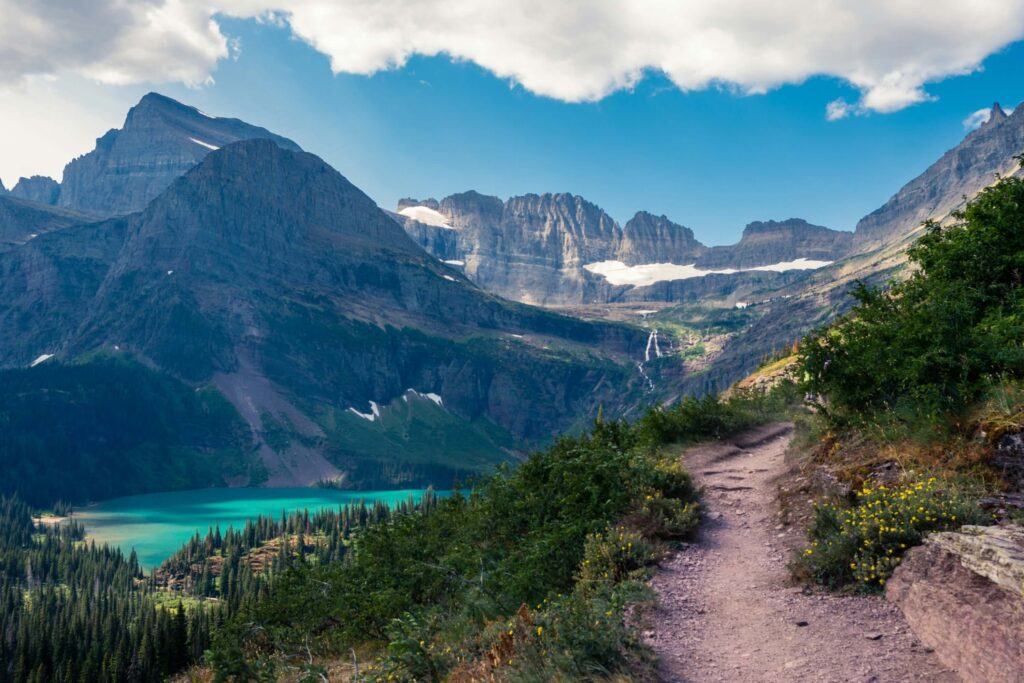
Park History
Established in 1910, the 1,583 square miles of rugged glacier-carved northwest Montana make up America’s 10th National Park. Human history in the area dates back thousands of years and the land is a part of history for the Blackfeet, Salish, Pend d’Oreille, and Kootenai tribes. In the early 1800s, early Anglo settlers began arriving in the area. It wasn’t until 1885 that George Bird Grinnell, then an editor of Forest and Stream magazine, first came to the area. Grinnell, who was pivotal in influencing public opinion and promoting legislation to make the area a national park, was the initial author of Glacier’s now iconic nickname, “Crown of the Continent.”
Things To Do
See a glacier!
While the glacier count of the park has declined from roughly 80 that existed around 1850 to 26 named glaciers as of 2015, the park still boasts some spectacular views. Jackson Glacier is one of the easiest to view and can be glimpsed from the overlook on the east side of Going-to-the Sun Road. Salamander Glacier, named for its amphibian-like shape, is visible from your car as you drive into the Many Glacier area. Check the National Park’s website before you go to see what glaciers might be accessible on your trip.
Drive on Going-to-the-Sun Road!
The 48.7 miles of scenic driving between Divide Creek on the east and Apgar Visitor Center on the west winds through the heart of the park, offering breathtaking views of glaciers, valleys, and wildlife. Make sure you don’t miss any of the views along the way! Consider watching the National Park Service’s video tour of points of interest before you go or download audio files from the park’s site for an audio tour as your drive. Check the road conditions before you go! Inclement weather and annual seasonality affect road closures.
Encounter the wildlife.
From grizzly bears and moose to bighorn sheep and wolves, Glacier has a thriving ecosystem of some of the most recognizable mammals of the Rockies. For the best viewing experience, be sure to keep a safe and respectful distance from wildlife. Get into the park early and take your time: Since most mammals are more active in the morning hours, planning an early trip into less-trafficked areas of the park, like Many Glacier Road, will give you the greatest chances of meeting wildlife.
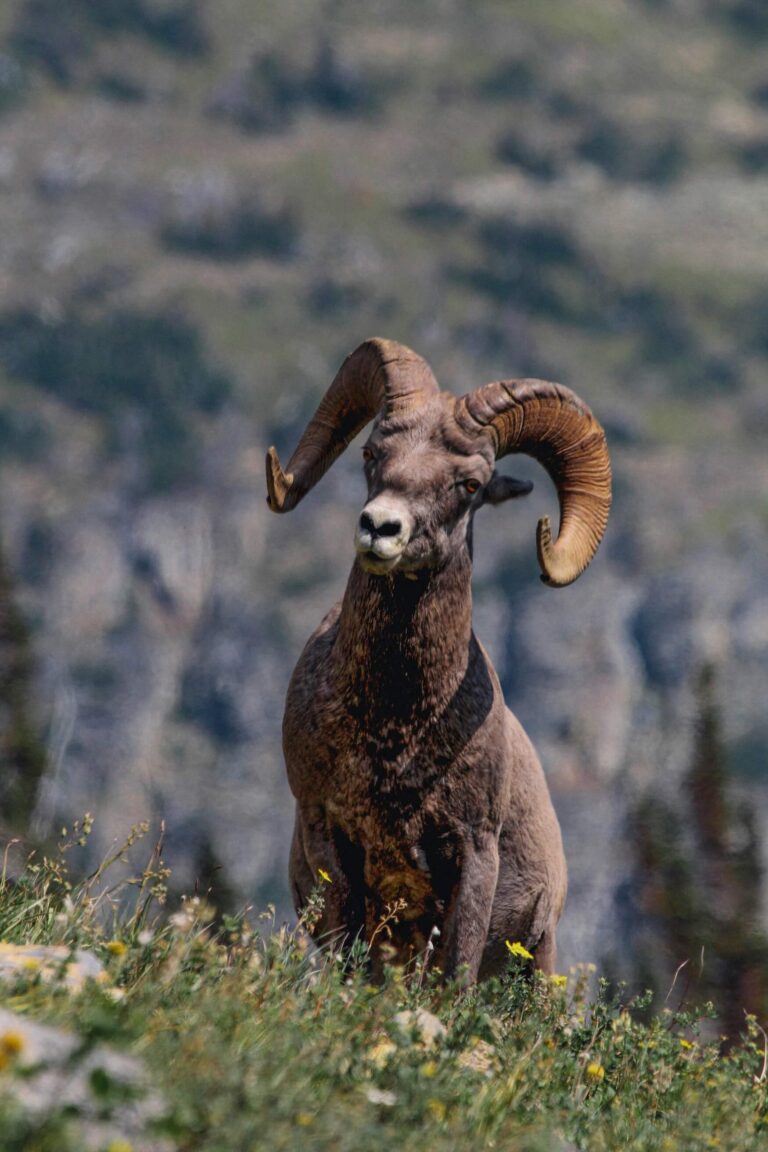
Take a hike!
From Hiking in Glacier National Park is an awe-inspiring experience that will give you memories for years to come. The park has several trails ranging from accessible short walks to rugged backcountry hiking. Wherever you hike, it’s important to have your daypack kit ready before you leave. Be sure to pack water, sunscreen and bug spray, snacks (remember to pack out what you pack in) and rain gear and layers for warmth. It’s also a good idea to carry bear spray and familiarize yourself with how to use it before setting foot on the trail.
Best Hikes in Glacier National Park
- Avalanche Lake (5.9 miles)
- Grinnell Glacier Trail (10.0 miles)
- Hidden Lake Overlook (2.7 miles)
- Iceberg Lake (9.6 miles)
- St. Mary and Virginia Falls Trail (3.1 miles)
Spend a day on the water.
Whether you own a boat or not, there are a number of ways to enjoy the lakes of Glacier National Park. Popular boat tours are available on Many Glacier, Two Medicine, Rising Sun, and Lake McDonald and small boat rentals are available as well on Apgar, Lake McDonald, Two Medicine, and Many Glacier. If you plan to bring your own vessel, be aware that all watercraft launched in the park must be inspected for aquatic invasive species before boating. While there are inspection stations within the park, there are times during peak seasons when it’s recommended to have your boat inspected and sealed at one of their partner inspection stations outside the park in advance. For full details on boating regulations and best practices, be sure to review the park’s website.
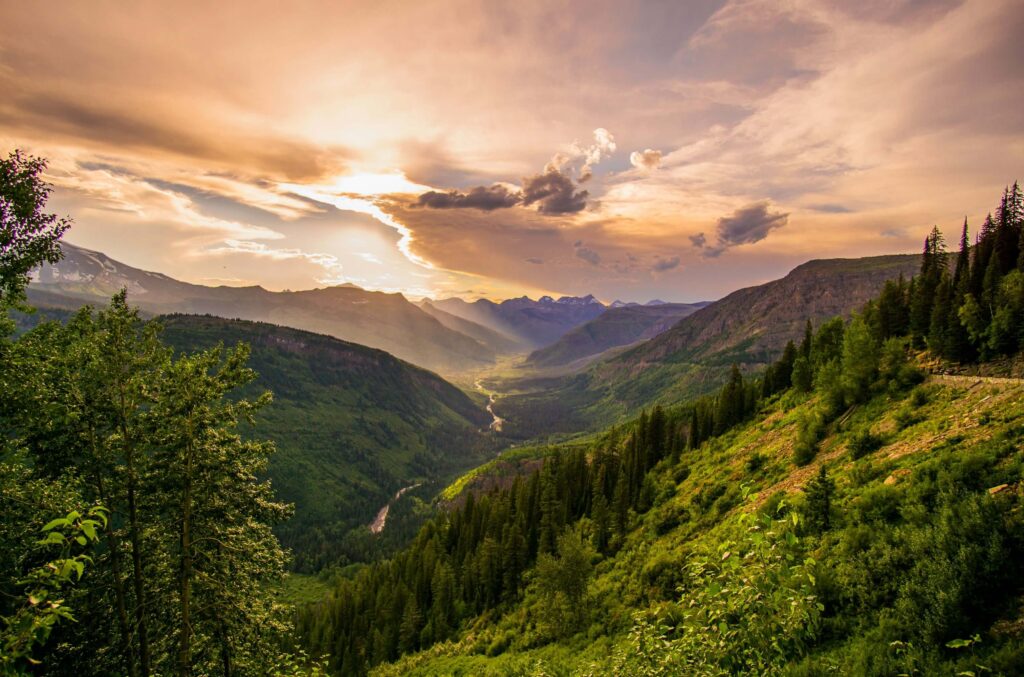

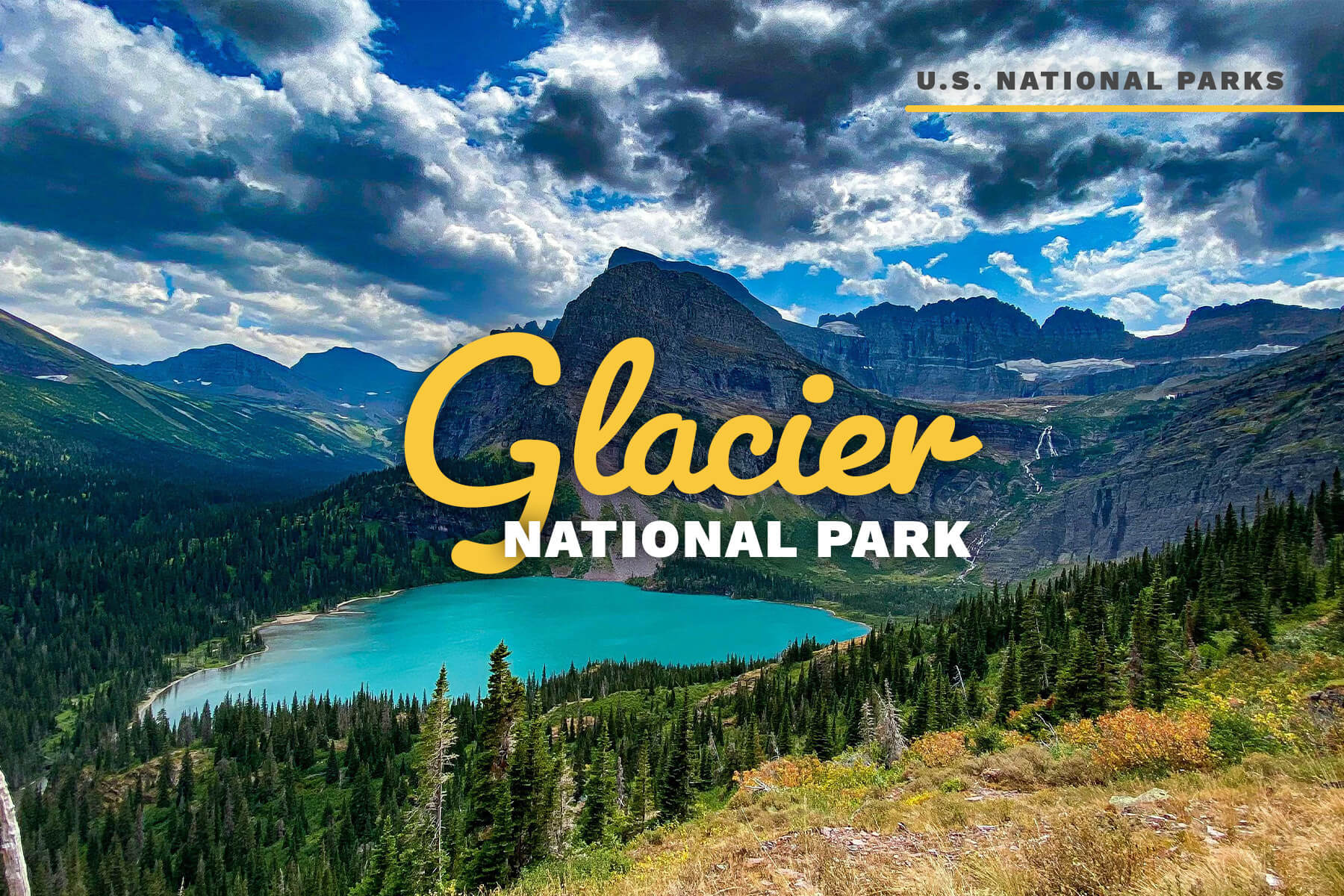

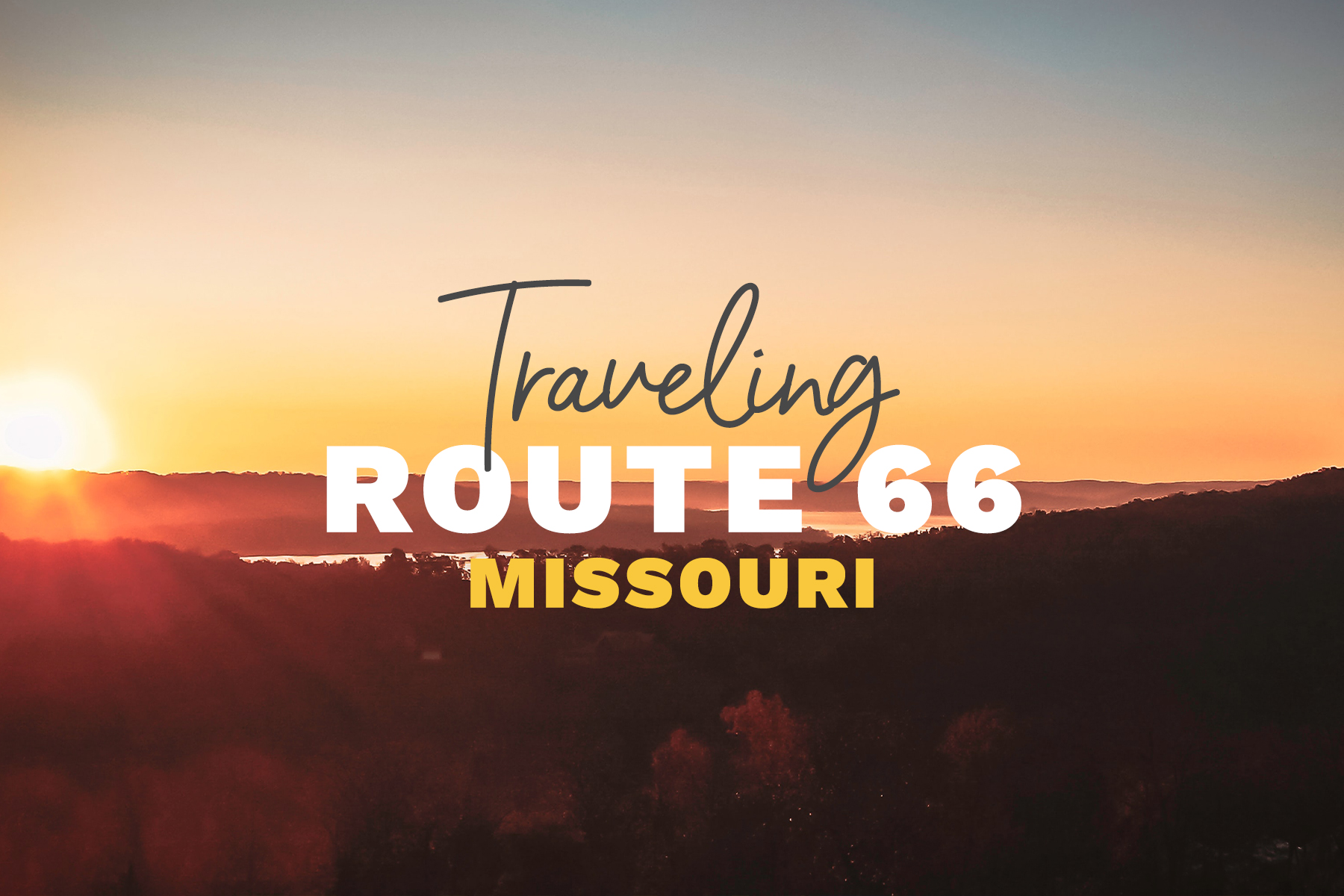
 Did you know that St. Louis is the largest city on Route 66 and that the Gateway Arch is America’s tallest monument? Well, you do now! There are many can’t-miss stops along the Mother Road in Missouri including a historic drive-in theater, unique museums, and stunning caverns. Next time you are taking a good ole’ midwestern road trip, be sure to stop at one or all of these Missouri travel spots.
Did you know that St. Louis is the largest city on Route 66 and that the Gateway Arch is America’s tallest monument? Well, you do now! There are many can’t-miss stops along the Mother Road in Missouri including a historic drive-in theater, unique museums, and stunning caverns. Next time you are taking a good ole’ midwestern road trip, be sure to stop at one or all of these Missouri travel spots. Gateway Arch
Gateway Arch